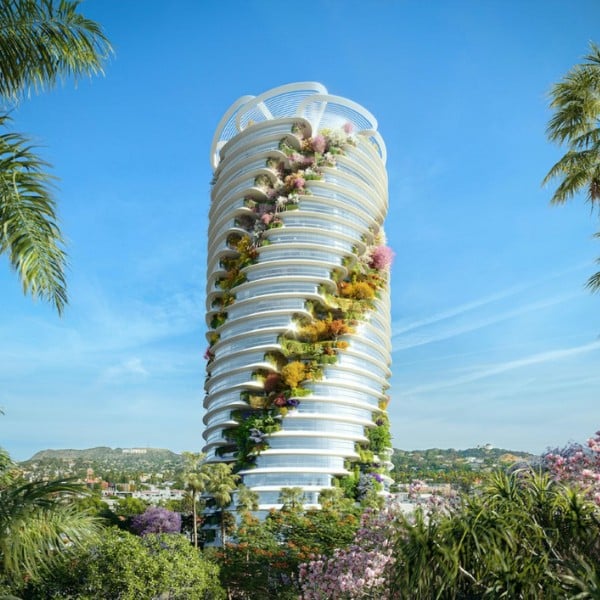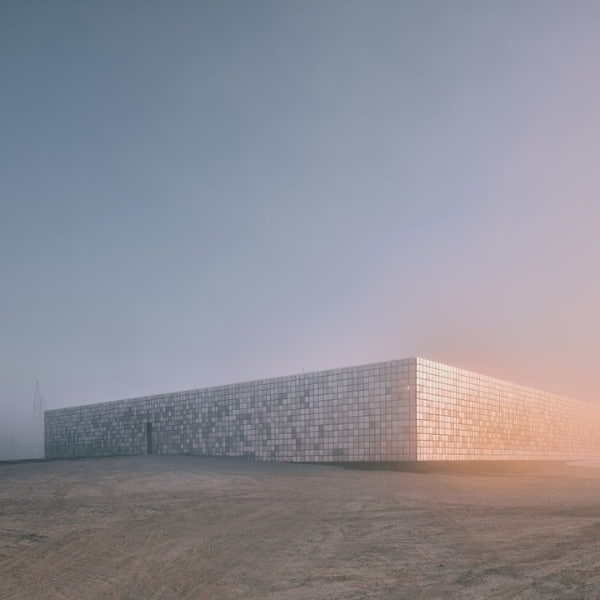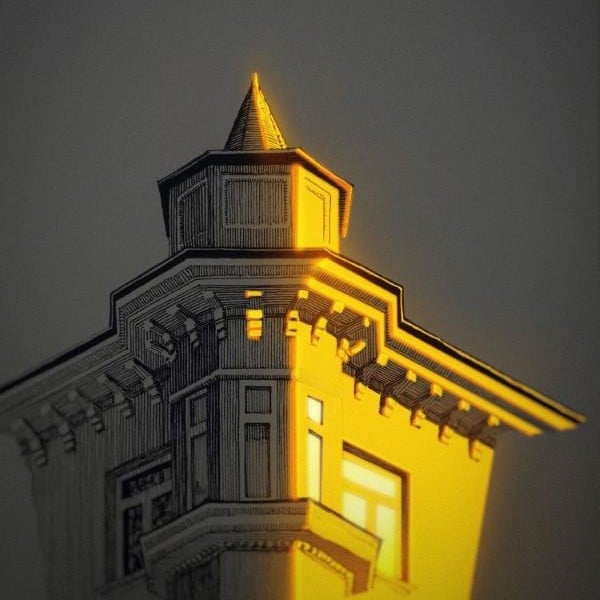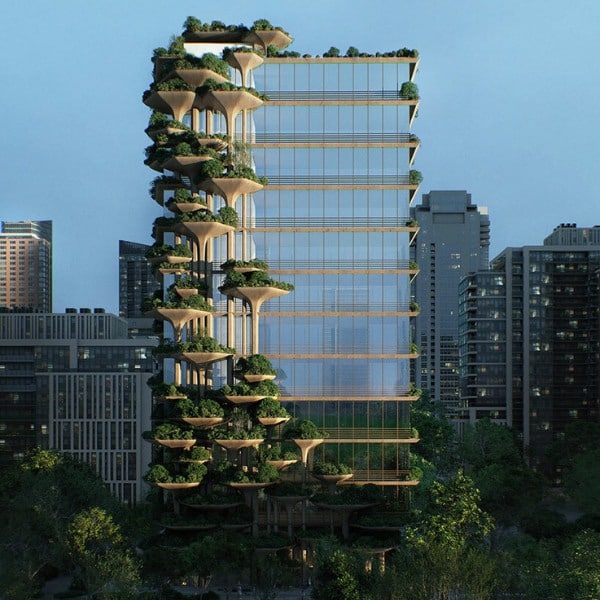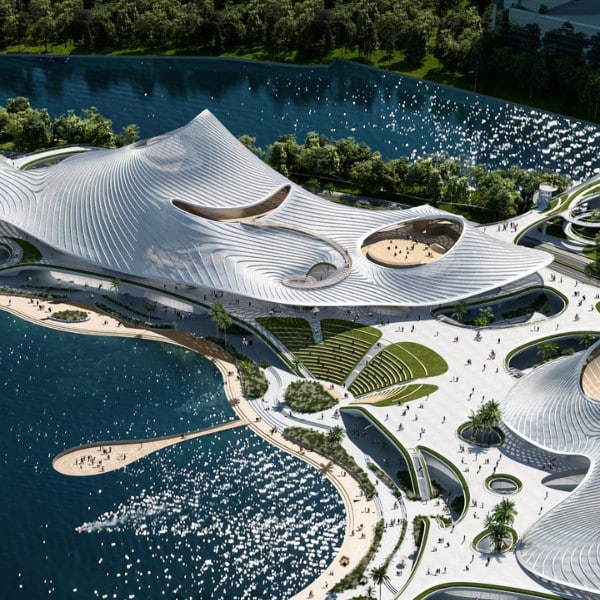Neoclassical Architecture

White House by James Hoban. Washington, DC. (Photo: ESB Professional / Shutterstock)
In architecture, as with many art forms, what goes around comes around. This was never more evident than when looking at the Neoclasssical movement. Architects returned to the thinking of Renaissance master Palladio, who was strongly influenced by Roman architectural ideas of proportion and perfection. This simplicity was a reaction to the ornate Baroque and Rococo styles that were popular in the preceding centuries. The movement began in the United Kingdom, where the term Palladian architecture was coined to refer to these pared down architectural ideals.
Much of the United States capital was created based on Neoclassical ideals, later termed the Federal style, including the White House and Lincoln Memorial.
Timeline: 173o to 1925
Signature building: White House
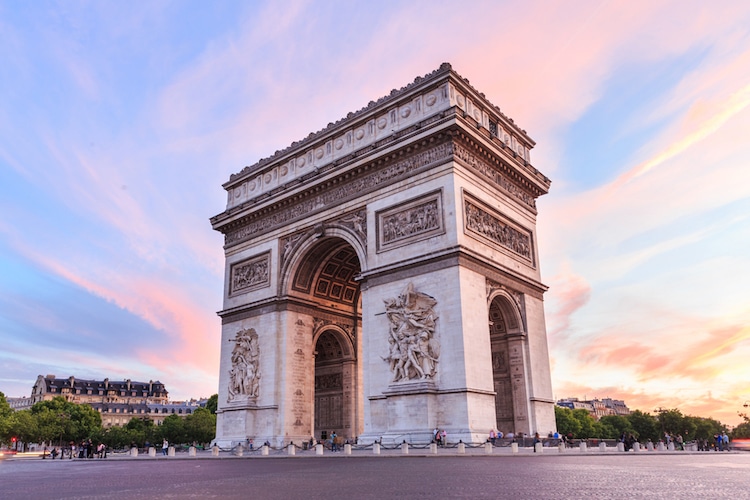
Arc de Triomphe by Jean Chalgrin and Louis-Étienne Héricart de Thury. Paris, France. (Photo: Pigprox / Shutterstock)
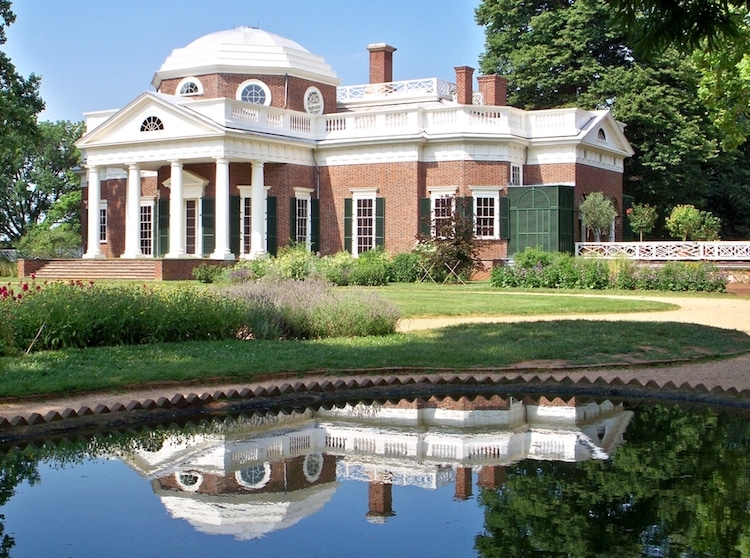
Monticello by Thomas Jefferson. Charlottesville, Virginia. (Photo: Bruce Ellis / Shutterstock)
Art Nouveau Architecture
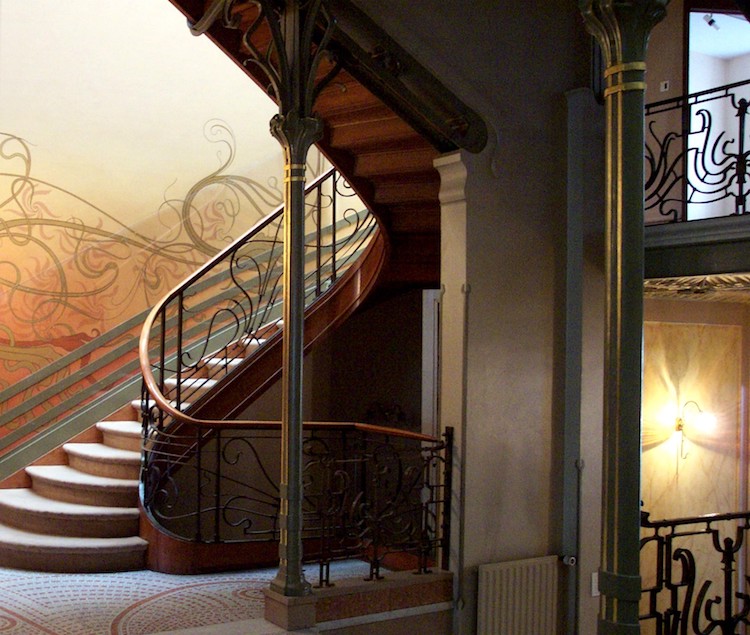
Hôtel Tassel by Victor Horta. Brussels, Belgium. (Photo: Wikipedia)
Spilling across architecture, art, and applied art, Art Nouveau was an international movement in direct opposition to the formalism of Neoclassicism. Using curving lines based on nature, interior and furniture design were just as important as the aesthetics of the building. Advances in technology due to the Industrial Revolution also allowed for ornate ironwork, which is often evident in the curving banisters and balcony railings of Art Nouveau buildings.
Though in English we use the French term Art Nouveau, this international type of architecture was known by different names according to the country. For example, it was known as Liberty Style in Italy, Jugendstil in Germany, and Secession Art in Vienna, which became a hub of the movement.
Timeline: 1890 to 1914
Signature building: Hôtel Tassel
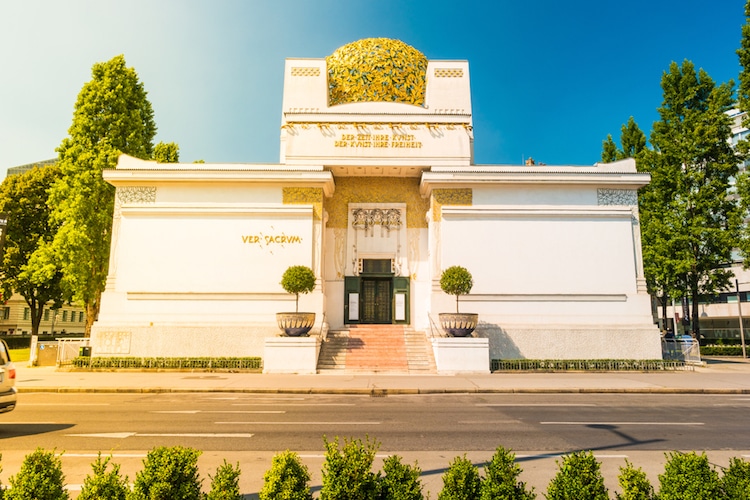
Secession Building by Otto Wagner. Vienna, Austria. (Photo: Romas_Photo / Shutterstock)
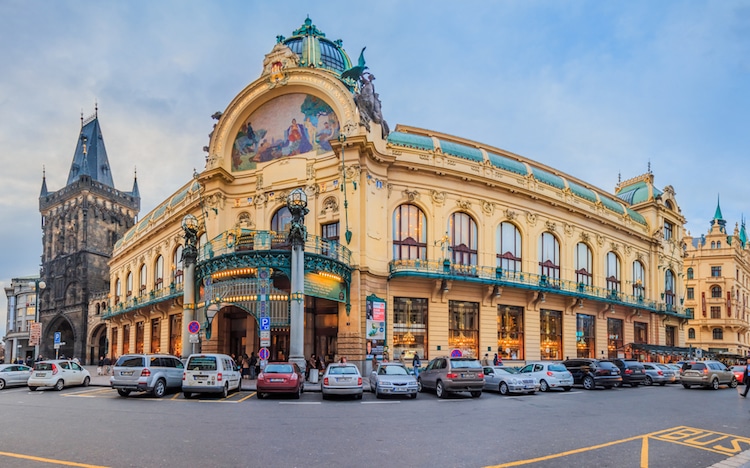
Municipal House by Osvald Polívka and Antonín Balšánek. Prague, Czech Republic. (Photo: SvetlanaSF / Shutterstock)
Modern Architecture
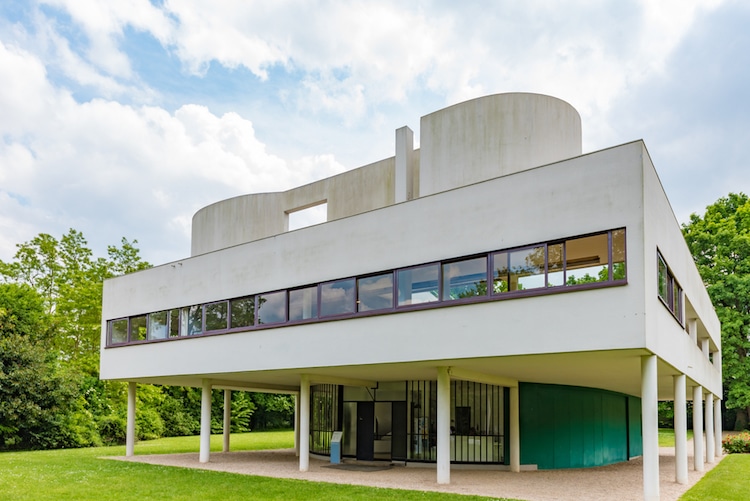
Villa Savoye by Le Corbusier. Poissy, France. (Photo: Takashi Images / Shutterstock)
Modernist architecture is an umbrella term for many different styles that became prominent in the first half of the 20th century, and flourished after World War II. Advances in glass, steel, and reinforced concrete opened up a range of possibilities for architects of the time. Above all, Modernism was a rejection of the Neoclassical, with a strong international push to move toward new trends that redefined society after the destruction of World War II.
The modernist period also gave us some of the first star architects of the 20th century. Walter Gropius founder of the Bauhaus school, Le Corbusier, Frank Lloyd Wright, and Oscar Niemeyer are just some of the prominent architects of the time. This group made advances in urban planning, residential living, and commercial architecture that continue through the Post-Modern era. Much of what we consider the norm now, such as steel framed skyscrapers or ranch-style homes, were developed during this period.
Timeline: 1900 to 1960s
Signature building: Villa Savoye by Le Corbusier
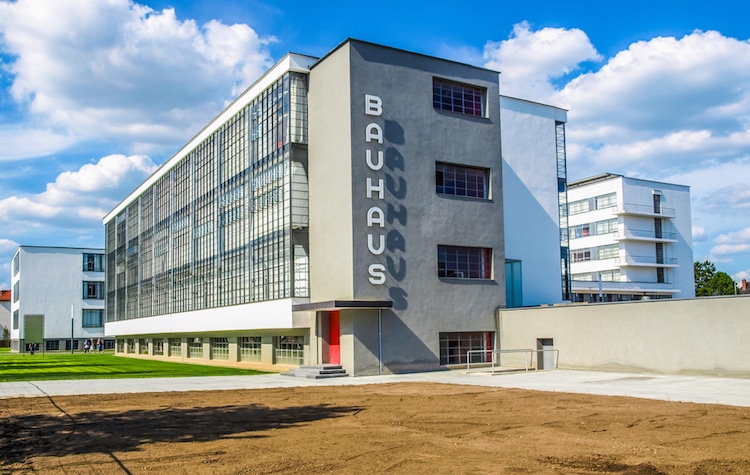
Bauhaus building by Walter Gropius. Dessau, Germany. (Photo: Claudio Divizia / Shutterstock)
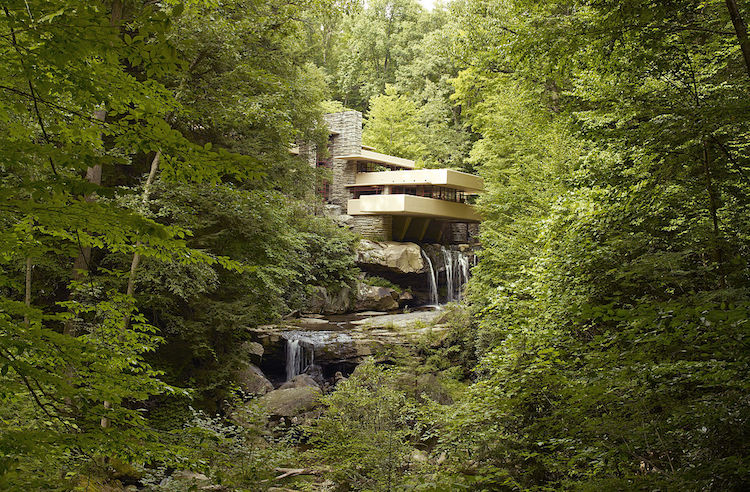
Fallingwater by Frank Lloyd Wright. Mill Run, Pennsylvania. (Photo: Wikipedia)
Brutalist Architecture
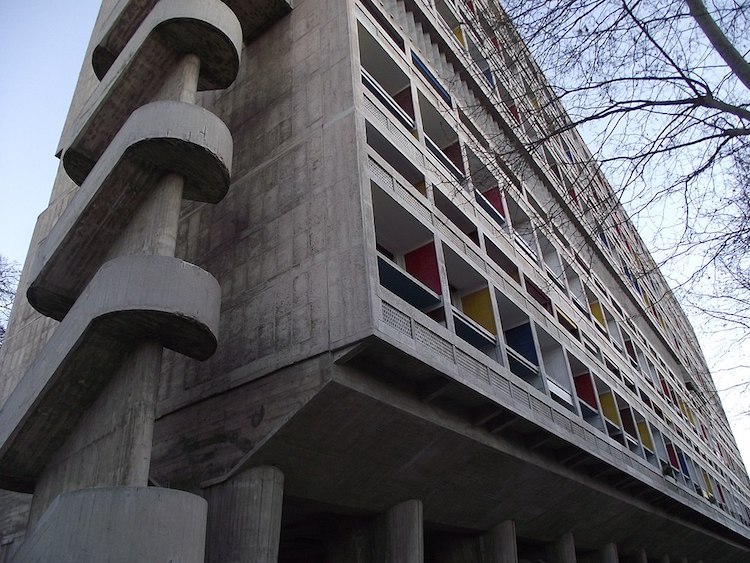
Cité Radieuse, Marseille by Le Corbusier. (Photo: Wikimedia) (CC BY 2.0)
Brutalism emerged in the 1950s and grew out of the early-20th-century modernist movement. The term was first coined by British architects Alison and Peter Smithson and derives from “Béton brut” (raw concrete). It was first associated with architect Le Corbusier, who designed the Cite Radieuse in Marseilles in the late-1940s.
Characterized by straight lines, unusual shapes, small windows, and unfinished surfaces, many thought the utilitarian concrete structures were nothing more than outdated eyesores. But the controversial style also had its advocates, and is still celebrated today. The geometric buildings were commonly built to be used as offices, universities, car parks, leisure and shopping centers, and high-rise blocks of apartments. While most examples of Brutalism is found in Europe, the style also spread across the United States, Australia, Israel, Japan, and Brazil.
Hungarian modernist Marcel Breuer was the architect behind one of the most famous Brutalist buildings—the Breuer Building in New York City. Completed in 1966, the top-heavy, concrete structure attracted its fair share of criticism at the time; but, today, it's the home of The Met Breuer, a celebrated museum of modern and contemporary art.
Timeline: 1950s to 1960s
Signature building: The Breuer Building
Postmodern Architecture
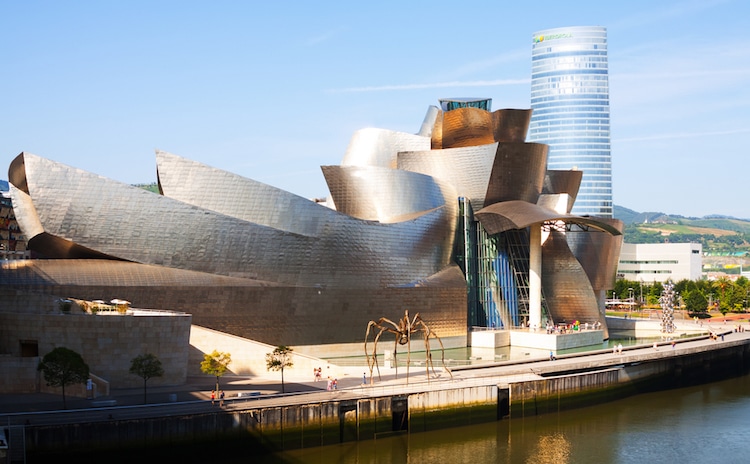
Guggenheim Museum by Frank Gehry. Bilbao, Spain. (Photo: Iakov Filimonov / Shutterstock)
In the 1960s, the pendulum began to swing away from the austere, rigid design of Modernism toward a rediscovery of classical ideals. Postmodern architecture continued to flourish through the 1990s, with an increase in ornamentation and decorative elements.
One key proponent of Postmodern architecture was Robert Venturi, whose Vanna Venturi house, built in 1964, is considered one of the first examples of this type of architecture. Famed Canadian architect Frank Gehry's Guggenheim Museum in Bilbao is often heralded as the apex of this style. Built in 1997, the undulating titanium skin deconstructs classical shapes, catching light in spectacular ways throughout the day to change its appearance.
Timeline: 1960s to 1990s
Signature building: Guggenheim Bilbao
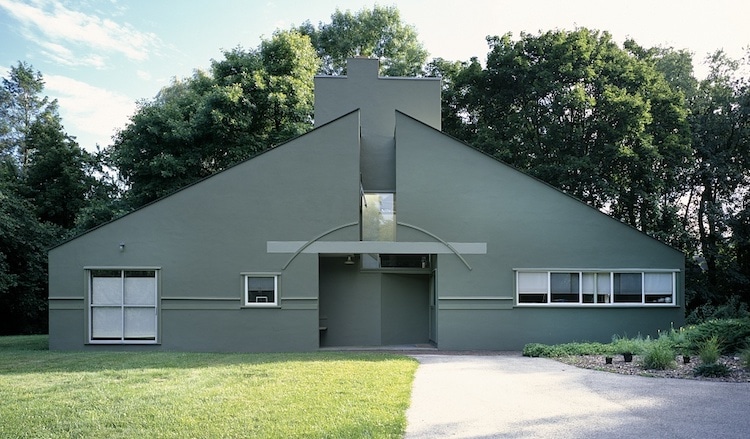
Vanna Venturi House by Robert Venturi. Philadelphia, Pennsylvania. (Photo: Library of Congress)
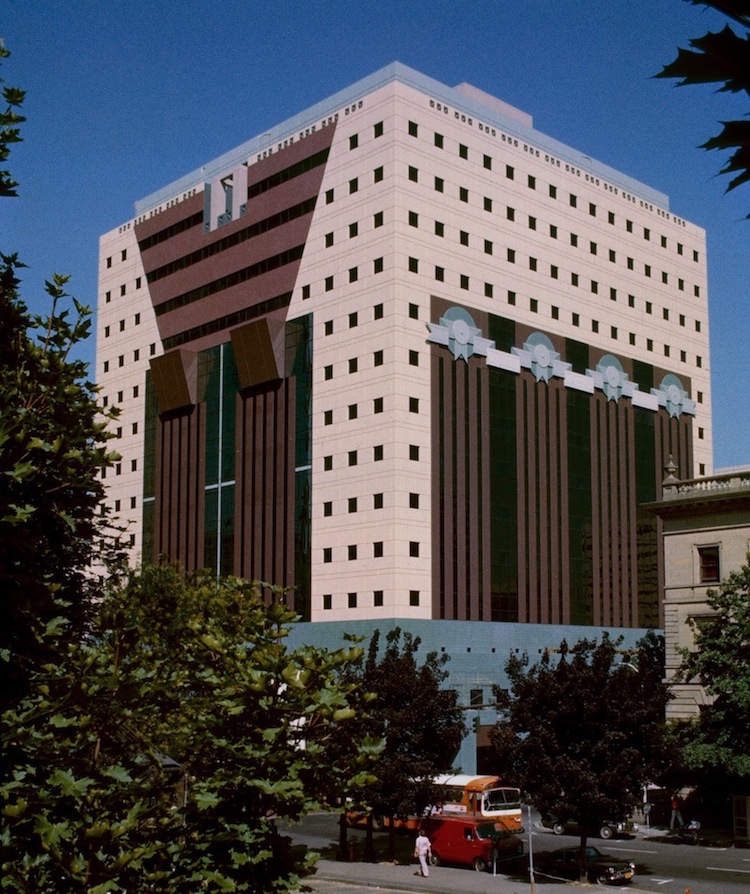
Portland Building by Michael Graves. Portland, Oregon. (Photo: Steve Morgan)
Neofuturist Architecture
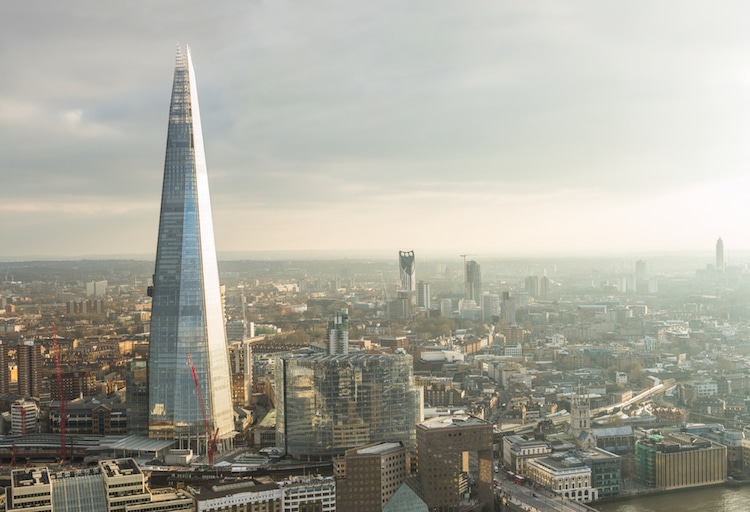
The Shard by Renzo Piano. London, England. (Photo: William Perugini / Shutterstock)
And here we are, arriving today with Neofuturism. Starting in the late-20th century, architects believed in the need to modernize by integrating new technologies. Using eco-sustainable materials and high-tech integrations, Neofuturist architects believe they can better the quality of life for city dwellers.
The movement was launched in 2007 with The Neo-Futuristic City Manifesto by designer Vito Di Bari. In it, he wrote that in the future a “cross-pollination of art, cutting edge technologies and ethical values combined to create a pervasively higher quality of life.” The late Zaha Hadid helped move neofuturism to international acclaim with her work. Other practitioners included Renzo Piano, who reinvented the skyscraper with London's The Shard, and Santiago Calatrava.
Timeline: 2007 to present
Signature building: The Shard
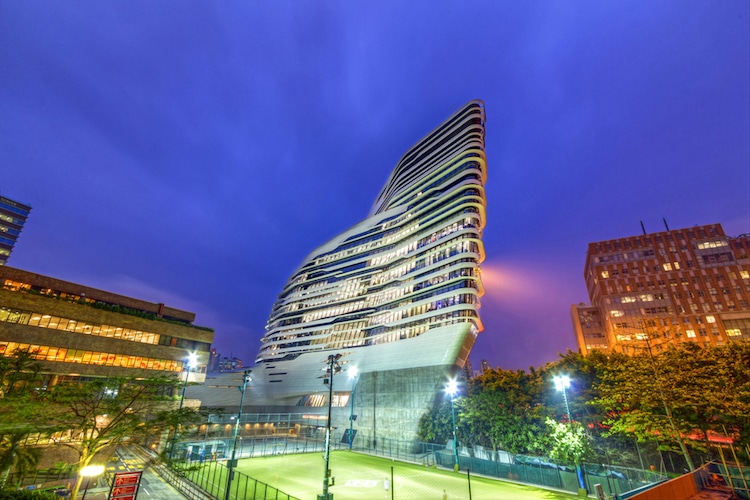
Jockey Club Innovation Tower by Zaha Hadid. Hong Kong, China. (Photo: e X p o s e / Shutterstock)
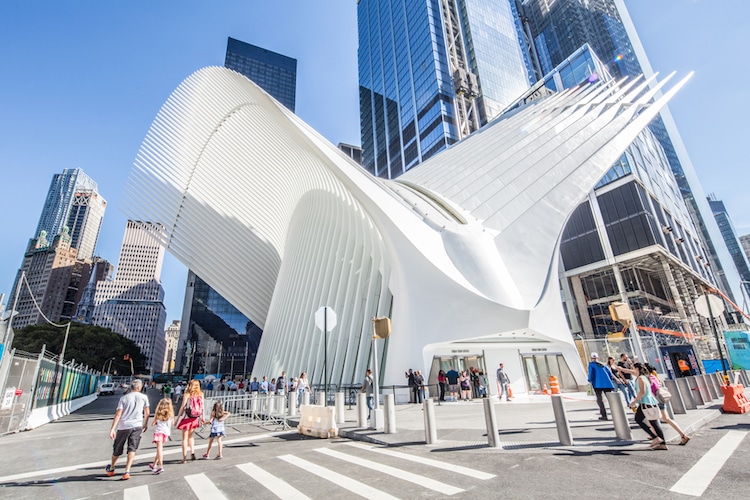
World Trade Center Hub by Santiago Calatrava. New York City, New York. (Photo: MISHELLA / Shutterstock)
Want to learn more about the history of architecture? Try these resources:
- History of Architecture, free online course via iTunes.
- Modern Architecture A-Z by Taschen
- 50+ Documentaries on Famous Architects and Buildings, via Open Culture
Related Articles:
Art History: The Iconic Architecture of Frank Lloyd Wright
Eye-Opening History of Round Homes and Why Curves Matter in Architecture














































































